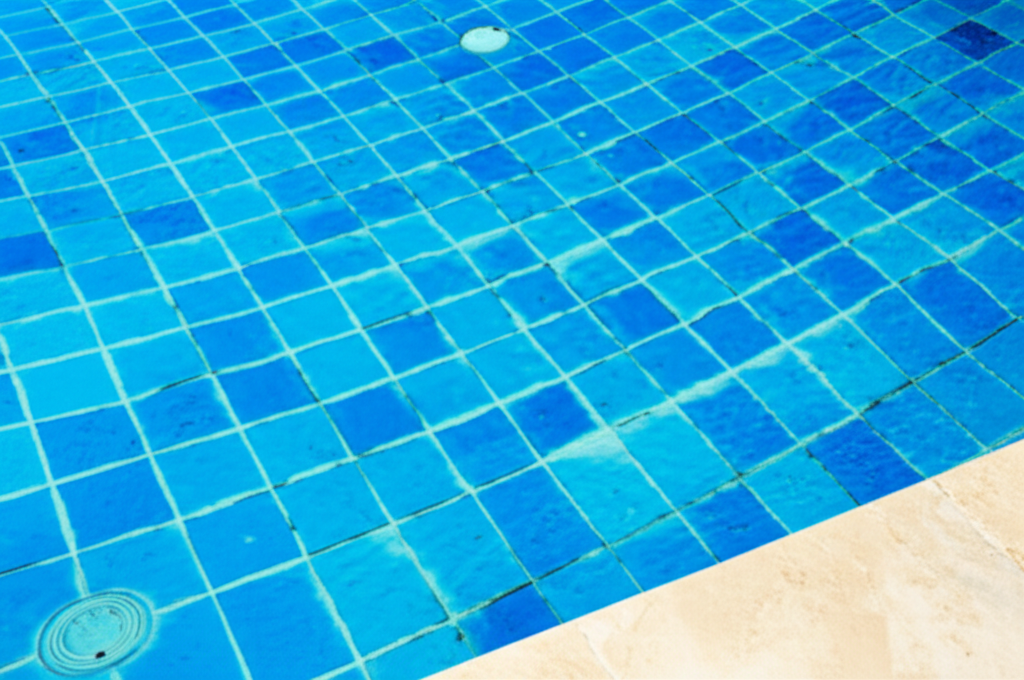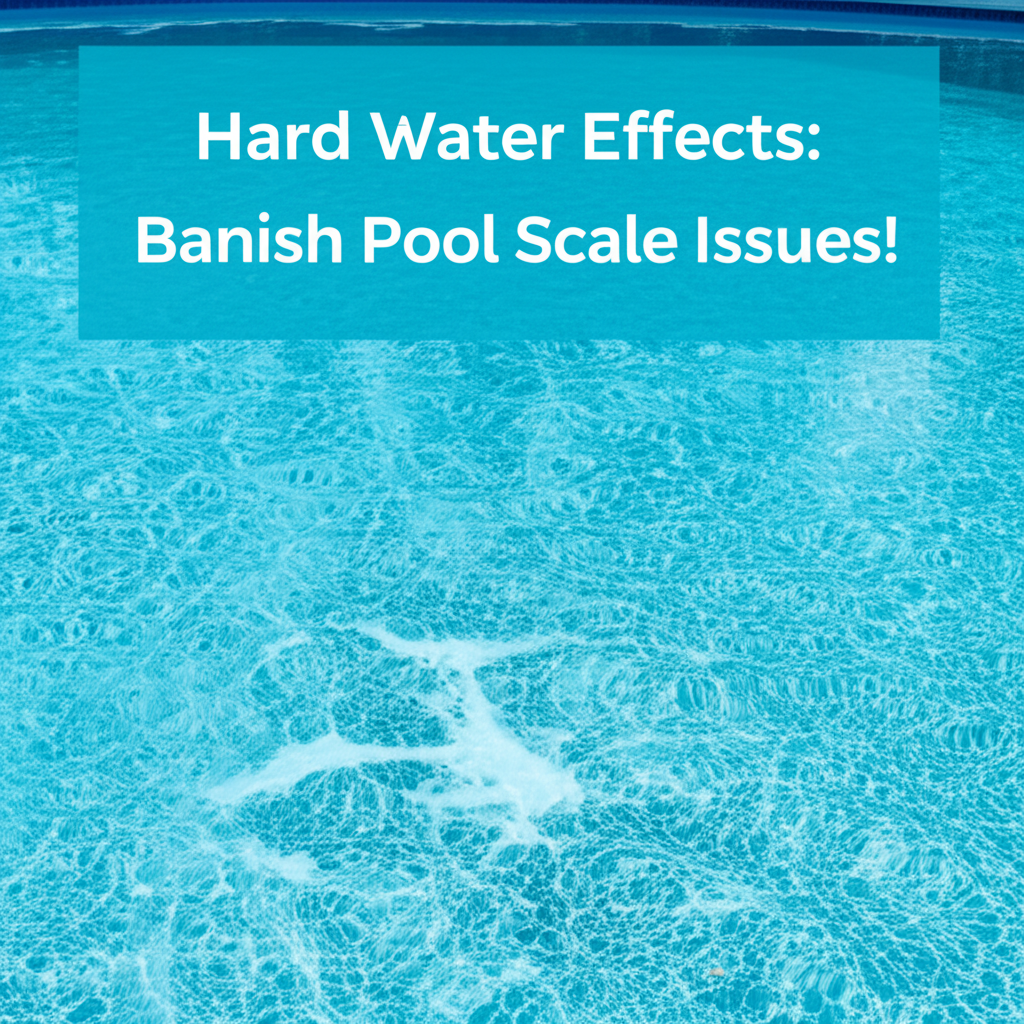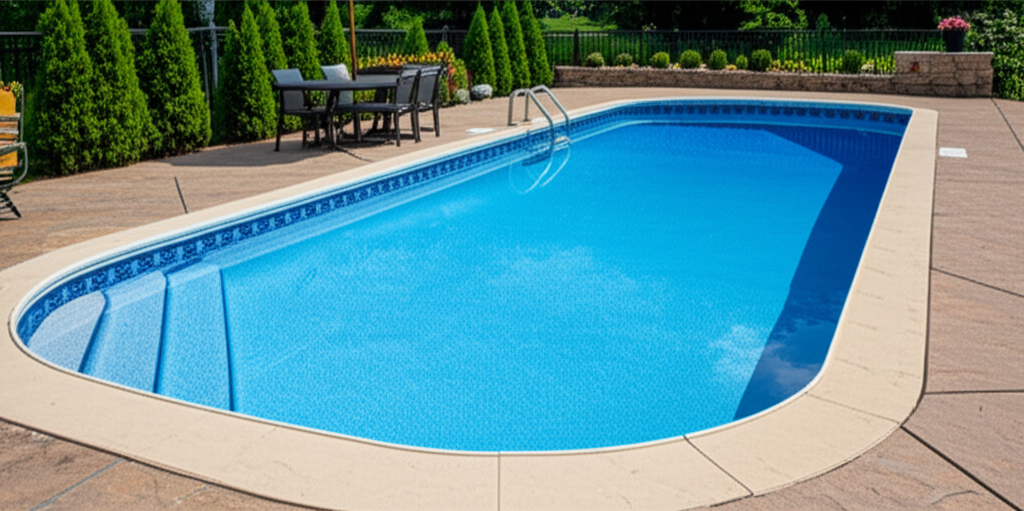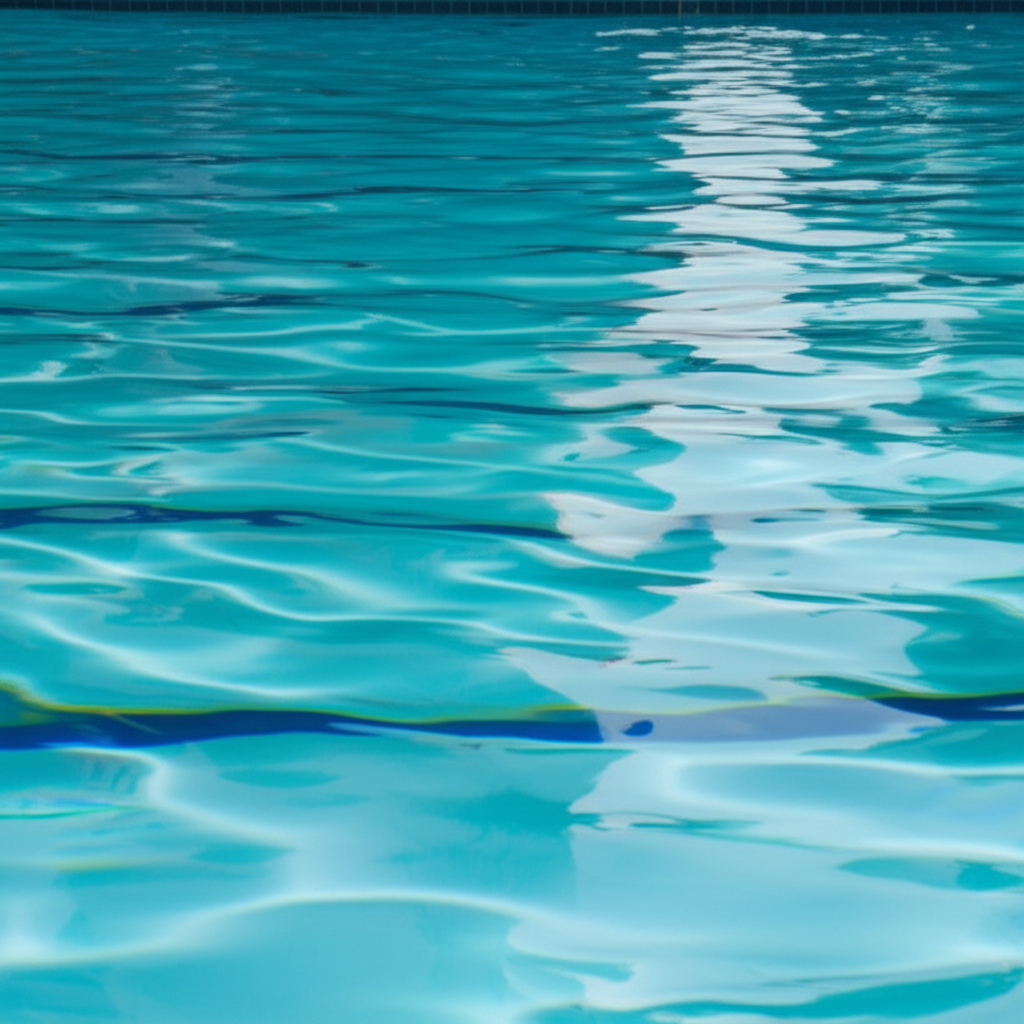Hard Water Effects: Banish Pool Scale Issues!
Hard Water Effects are a common nemesis for pool owners, silently waging war on your backyard oasis. While often invisible until the damage is done, the high mineral content characteristic of hard water poses a significant threat, primarily manifesting as stubborn and unsightly pool scale. Understanding these effects and taking proactive steps is crucial for maintaining a pristine, functional, and long-lasting swimming pool.
What Exactly is Hard Water?
Before diving into the problems, let’s define the culprit. Hard water refers to water that contains a high concentration of dissolved minerals, predominantly calcium and magnesium. These minerals are naturally picked up as water flows through rock and soil. While not harmful for drinking, when this water is used to fill a pool, and then subjected to evaporation, temperature changes, and chemical balancing acts, these dissolved minerals can precipitate out of solution and solidify, leading to a host of problems.
The Visible Menace: Understanding Pool Scale
The most immediately recognizable and frustrating of the hard water effects is pool scale. This manifests as chalky white, grey, or sometimes even brownish deposits that cling to various surfaces within your pool.
On Surfaces: You’ll typically spot pool scale along the waterline tiles, on the pool walls, steps, and even the floor. It gives the pool a dull, unkempt appearance, diminishing its aesthetic appeal.
On Equipment: Beyond the visible surfaces, scale is often at its worst on critical pool equipment. Heaters, salt chlorine generators, filters, and even pump impellers are all susceptible. These deposits act like a corrosive layer, obstructing flow and hindering performance.
Beyond Aesthetics: The Deeper Hard Water Effects
While an unattractive pool is certainly undesirable, the problems caused by hard water and the subsequent pool scale extend far beyond mere aesthetics.
Decreased Equipment Efficiency and Lifespan: This is perhaps the most costly of the hard water effects.
Heaters: Scale builds up on heating elements, forcing the heater to work harder and consume more energy to reach desired temperatures. Eventually, it can cause complete blockages or component failure.
Salt Cells: Scale significantly reduces the efficiency of salt chlorine generators, requiring them to run longer and wear out faster, meaning less chlorine production and expensive replacements.
Filters: Scale can cement filter media (sand, cartridges, DE grids), reducing filtration effectiveness and requiring more frequent backwashing or cleaning, putting strain on your pump.
Rough Surfaces and Algae Growth: Scale makes pool surfaces rough and porous, providing a perfect breeding ground for algae and making it much harder to clean. Algae spores can embed themselves in the crevices, making eradication a constant battle.
Water Chemistry Imbalance: Hard water can throw off your pool’s chemical balance, specifically impacting pH and alkalinity levels. High calcium hardness can make it difficult to maintain stability, leading to a constant struggle to keep your water crystal clear and healthy.
Damage to Pool Finish: Over time, scale can etch or abrade plaster, pebble, or fiberglass surfaces, requiring professional resurfacing and potentially costly repairs.
Measuring the Menace: Testing for Hardness
The first step in banishing pool scale is understanding your water’s calcium hardness level. Regular water testing, ideally weekly, is essential. Pool test kits (strips or liquid) will include a test for calcium hardness. The ideal range for calcium hardness in swimming pools is generally between 200-400 parts per million (ppm). If your levels consistently creep above this, you’re on the path to serious hard water effects.
Proactive Prevention: Managing Hard Water Effects
Prevention is always better than cure when it comes to pool scale.
1. Maintain Proper Water Chemistry: This is paramount. Keeping your pH between 7.4-7.6 and total alkalinity between 80-120 ppm helps keep minerals in solution, preventing them from solidifying.
2. Use a Sequestering Agent: These chemicals bind to minerals in the water, essentially holding them in solution so they can’t precipitate out and form scale. They don’t remove the minerals, but they prevent the visible hard water effects. Use them regularly, especially after adding fresh water or if your calcium hardness is naturally high.
3. Regular Brushing and Cleaning: Diligent brushing of pool surfaces helps to dislodge any nascent scale before it can harden and become a problem.
4. Filter Maintenance: Keep your filter clean and efficient. A clean filter helps remove microscopic particulate matter that could contribute to scale formation.
5. Dilution: For extremely high calcium hardness, the most effective long-term solution might be partially draining and refilling your pool with softer water.
Tackling Existing Pool Scale
If you’re already battling the hard water effects of existing pool scale, there are several approaches:
Manual Removal: For light build-up, a stiff pool brush or a pumice stone designed for pools can often remove scale from surfaces. Be careful with pumice stones on delicate finishes.
Specialized Cleaners: There are numerous commercial scale removers available that can be applied directly to affected areas or added to the pool water. Always follow product instructions carefully.
Professional Cleaning: For severe scale on the pool surface or stubborn deposits on sensitive equipment like heaters or salt cells, it’s often best to call a pool professional. They have access to stronger chemicals and specialized equipment for effective and safe removal, including acid washing.
Don’t let the invisible threat of hard water turn your dream pool into a frustrating chore. By understanding the Hard Water Effects and implementing consistent preventative measures, you can effectively banish pool scale, protect your investment, and ensure your swimming oasis remains a sparkling, inviting haven for years to come.




